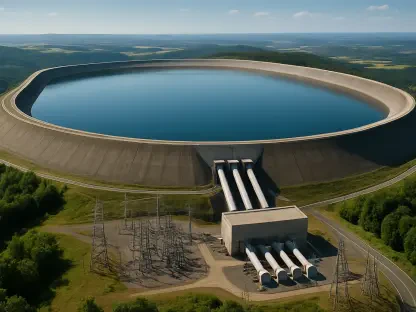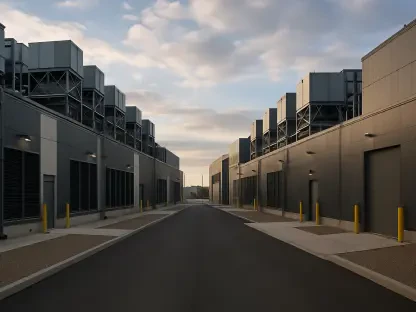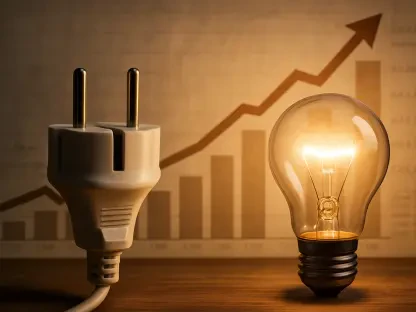In recent discussions about the global fight against climate change, clean energy has emerged as a pivotal factor in both economic development and environmental preservation. The rescission of $3.7 billion in funding for clean energy projects by the U.S. government comes at a time when transitioning to sustainable energy sources is not just beneficial but crucial. Investments in such projects have driven innovation and job creation, offering a pathway to reduced carbon emissions and a more vibrant economy. However, recent cuts threaten the progress achieved, posing challenges for future clean energy development and necessitating a reassessment of strategies to ensure continued growth and sustainability.
Current State of Clean Energy Funding
Pre-Cut Growth in Clean Energy Investments
Prior to the drastic funding cuts, investment in clean energy was on a promising upward trajectory. The growth in financial support for clean energy initiatives was backed by significant data, suggesting a robust push toward sustainable technologies. According to reputable financial analyses, the allocation of resources toward these ventures was not only increasing but also paving the way for meaningful economic and environmental impact. This surge in funding was seen as essential in moving away from traditional energy sources and toward innovative, clean alternatives.
This increase in investment catalyzed several real-world applications, with projects across the nation benefiting substantially. Initiatives like the Exxon Mobil Baytown refinery project highlighted the transformative potential of these investments, with specific aims to reduce carbon emissions using advanced hydrogen technologies. Such projects underscored the tangible progress made possible through these financial commitments, projecting significant impacts on emission reductions and energy efficiency.
Industry Insights and Expert Perspectives
Various industry experts have weighed in on the ramifications of clean energy funding cuts, voicing concerns about their broader implications. The impact of these cuts involves more than just halted projects; it underscores a potential regression in technological advancements that could impede progress across multiple sectors. Environmental policy experts have repeatedly emphasized the necessity of continued investment to foster innovation and maintain the United States’ competitive edge in energy technology.
Quotes from industry leaders reveal a consensus that abandoning funding for emerging clean energy technologies could have long-lasting detrimental effects. For instance, energy analyst Steven Nadel has warned that the recent funding policy changes could undermine U.S. innovation and economic growth, accentuating the clash between environmental sustainability and traditional energy pursuits. This shift highlights a critical juncture in energy policy, where decisions now could significantly impact the country’s future trajectory.
Prospects for Clean Energy Following Funding Cuts
Reflecting on the future of clean energy without the previously earmarked funding reveals a landscape fraught with both challenges and opportunities. The undeniable hurdle is the potential stagnation in technological advancement and the risk of slowing down progress in reducing carbon emissions. Yet, the situation also presents an opportunity to rethink strategies and push for more resilient models of funding that can adapt to changing economic and political climates.
The absence of significant financial support could stifle innovation, job creation, and the pursuit of energy efficiency. However, companies and policymakers might seek alternative funding sources and partnerships to continue worthwhile projects. The ongoing tension between traditional energy sectors and clean energy proponents suggests that the focus on innovation must shift to overcoming barriers posed by these cuts and finding novel avenues for growth.
Conclusion and Call to Action
The rescission of clean energy funding marks a pivotal moment that could reshape the future direction of energy policies and sustainable development. As this funding landscape evolves, stakeholders must grapple with the best paths to ensure continuity in growth and innovation in clean energy sectors. While the hindrances are notable, opportunities arise to advocate for the design of sustainable energy policies that are robust enough to transcend political fluctuations. Decision-makers and industry leaders need to amplify their focus on innovative collaborations and long-term solutions, addressing immediate challenges while laying the groundwork for a future that prioritizes environmental and economic sustainability.









